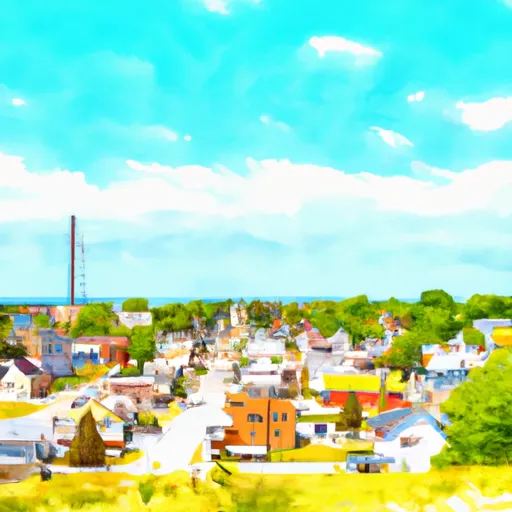°F
°F
mph
Windspeed
%
Humidity











Ferryville is a small village in Crawford County, Wisconsin, located along the Mississippi River. The climate of Ferryville is characterized by cold winters and warm summers, with an average annual temperature of 49°F. The area receives an average annual precipitation of 33 inches, with most of it occurring during the summer months. The Mississippi River, which forms the western border of the village, provides ample opportunities for water-based recreational activities, such as fishing, boating, and kayaking. The village is also surrounded by lush forests and rolling hills, making it an ideal destination for hiking, camping, and birdwatching. The hydrology constituents of the area include the Mississippi River, St. Feriole Island, and the Kickapoo River, which flows through the northern part of the village.
Weather Forecast
Ferryville receives approximately 880mm of rain per year, with humidity levels near 81% and air temperatures averaging around 8°C. Ferryville has a plant hardyness factor of 4, meaning plants and agriculture in this region thrive during a short period during spring and early summer. Most plants will die off during the colder winter months.
Regional Streamflow Levels
586
Cubic Feet Per Second
2,670
Cubic Feet Per Second
61
Cubic Feet Per Second
5
Cubic Feet Per Second
Nearby Camping
| Camping Area | Reservations | Toilets | Showers |
|---|---|---|---|
| Lake Chicot State Park | |||
| Grand Gulf Military Park | |||
| Little Sunflower River | |||
| Warfield Point Park | |||
| Natchez State Park | |||
| Rocky Springs - Natchez Trace Pkwy |



